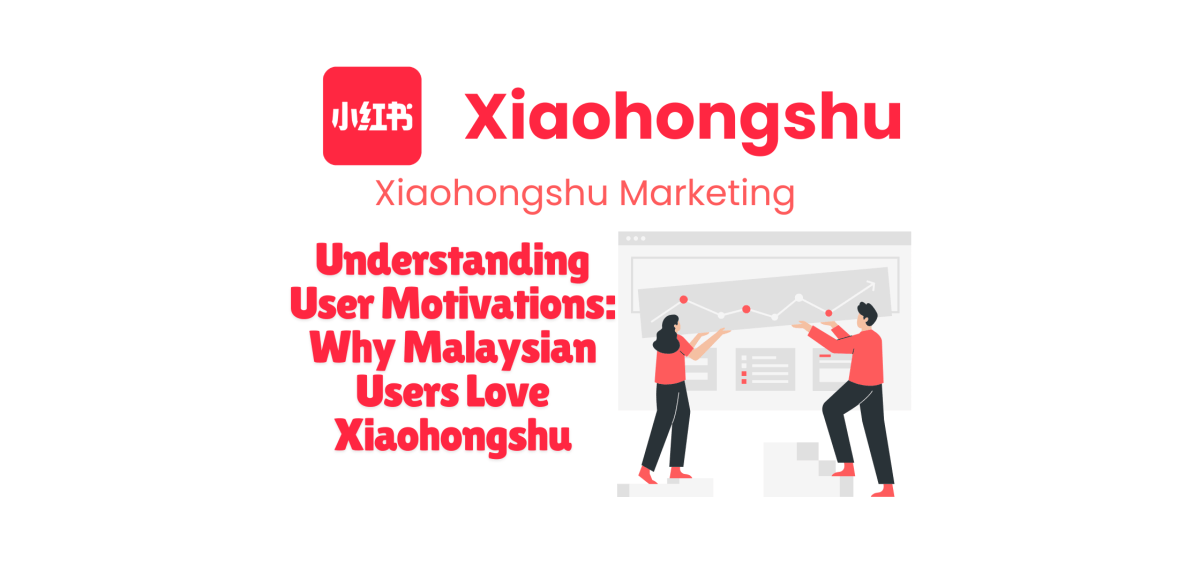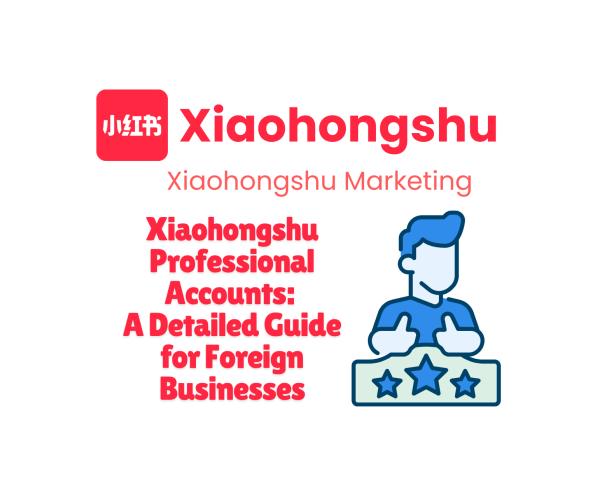As Xiaohongshu (Little Red Book) continues to gain traction in Malaysia, it is crucial to understand what drives Malaysian users to engage with the platform. This article delves into the motivations behind Xiaohongshu’s popularity in Malaysia, drawing insights from user behavior studies and applying the Uses and Gratifications Theory to the Malaysian context.
The Uses and Gratifications Theory in the Malaysian Xiaohongshu Context
The Uses and Gratifications Theory posits that people actively seek out specific media to satisfy particular needs. In the context of Xiaohongshu usage in Malaysia, we can categorize user motivations into five main areas: Social Needs, Emotional Needs, Cognitive Needs, Practical Needs, and Other Needs. The percentages of engagement for each category are as follows: Social Needs (45.4%), Emotional Needs (45.1%), Cognitive Needs (6.0%), Practical Needs (1.8%), and Other Needs (1.7%).
Let’s explore each of these categories in the Malaysian context:
1. Social Needs (45.4%)
Malaysian users turn to Xiaohongshu to fulfill various social needs. They enjoy connecting with like-minded individuals, finding communities centered around shared interests, from K-beauty enthusiasts to travel buffs. Many users also like sharing their personal experiences with products or travel destinations, while others seek validation through likes, comments, and shares on their posts. Additionally, Malaysian users, especially those of Chinese descent, use the platform to engage with Chinese culture and users from China.
For example, a Malaysian user might post about their experience trying a popular Chinese skincare brand and engage in discussions with both local and Chinese users about the product.
2. Emotional Needs (45.1%)
Xiaohongshu serves as an emotional outlet for many Malaysian users. They often share positive experiences and discoveries, such as finding a great restaurant or visiting a beautiful travel destination. The platform also provides a source of inspiration, especially for lifestyle ideas like fashion, home decor, or travel. For Malaysian Chinese users, Xiaohongshu can evoke feelings of nostalgia or a deeper connection to their cultural heritage. Additionally, the visually appealing content offers a form of escapism and entertainment.
For instance, a Malaysian user might feel a sense of connection and nostalgia while watching videos of traditional Chinese festivals being celebrated in China.
3. Cognitive Needs (6.0%)
Xiaohongshu serves as a learning platform for Malaysian users. Many turn to the platform to learn about new products, particularly those from China that may not be widely available or known in Malaysia. Users also gain insights into Chinese culture, trends, and lifestyles, which satisfies their curiosity and broadens their perspectives. Additionally, some users improve their Mandarin skills by engaging with Chinese content and users. The platform is also a valuable resource for travel planning, especially to destinations in China.
For example, a Malaysian user might research and learn about traditional Chinese skincare techniques and ingredients through detailed posts on Xiaohongshu.
4. Practical Needs (1.8%)
Xiaohongshu helps Malaysian users address practical, day-to-day needs. Users rely on the platform for shopping guidance, often checking reviews and recommendations before making purchase decisions, especially for Chinese brands. The platform also offers solutions to specific issues, such as skincare concerns or travel planning dilemmas. Users can discover deals and discounts, particularly for cross-border purchases from China. Additionally, some seek information about studying or working in China.
For example, a Malaysian user might find detailed reviews and application tips for a Chinese sunscreen brand that is not easily available in local Malaysian stores.
5. Other Needs (1.7%)
This category encompasses various other motivations, such as self-expression and personal branding. Users showcase their creativity through content creation, while some use the platform to build their personal brand or establish themselves as influencers. Small business owners in Malaysia also use Xiaohongshu to reach Chinese tourists or export markets.
For example, a Malaysian batik artist might use Xiaohongshu to showcase their work and attract interest from Chinese art enthusiasts and tourists.
Case Study: The Multi-Faceted Appeal of Xiaohongshu for a Malaysian User
To understand how Xiaohongshu fulfills multiple needs, let’s follow “Sarah,” a 25-year-old Malaysian Chinese user from Kuala Lumpur:
- Social Needs: Sarah shares her experiences trying out new bubble tea shops in KL, connecting with other bubble tea enthusiasts in Malaysia and China.
- Emotional Needs: She finds joy and inspiration browsing through travel photos of scenic spots in China, planning her dream trip.
- Cognitive Needs: Sarah learns about the latest Chinese skincare ingredients and techniques, expanding her beauty knowledge.
- Practical Needs: She uses Xiaohongshu to find authentic reviews of Chinese electronics before making a purchase.
- Other Needs: Sarah occasionally posts about her job in a Malaysian tech startup, building her professional brand among Chinese-speaking networks.
Implications for Businesses and Marketers
Understanding these motivations can help businesses and marketers better engage Malaysian users on Xiaohongshu. By creating socially engaging content, brands can encourage user interactions and community-building. Appealing to emotions by developing content that inspires, entertains, or creates a sense of cultural connection is also key. Providing educational value through in-depth information about products, cultural insights, or practical skills will resonate with users. Additionally, addressing real user problems with practical advice or product solutions will build trust. Facilitating self-expression through creative campaigns or challenges allows users to showcase their personalities and creativity.
Challenges and Opportunities
Xiaohongshu faces some challenges, such as the language barrier, as its primary focus on Mandarin may limit its reach among non-Chinese ethnic groups in Malaysia. There is also a need for cultural sensitivity when tailoring content to respect Malaysia’s diverse cultural and religious landscape. As a foreign platform, Xiaohongshu must work on building trust with Malaysian users, especially concerning issues like product authenticity and data privacy. However, there is an opportunity to increase locally relevant content to make the platform more appealing to a broader Malaysian audience.
Conclusion
The popularity of Xiaohongshu among Malaysian users, particularly those of Chinese descent, stems from its ability to fulfill a wide range of needs, from social connection and emotional satisfaction to practical problem-solving and cultural exploration. By understanding these diverse motivations, businesses, marketers, and the platform itself can create more engaging and relevant experiences for Malaysian users. As Xiaohongshu continues to evolve in the Malaysian market, its success will depend on how well it can cater to these multifaceted user needs while also expanding its appeal to Malaysia’s broader, multicultural population.
The platform’s unique position at the intersection of social media, e-commerce, and cultural exchange offers exciting possibilities for fostering connections, not just between Malaysia and China, but also among Malaysia’s diverse communities. As it grows, Xiaohongshu has the potential to become not just a shopping and lifestyle app, but a significant platform for cross-cultural understanding and digital cultural exchange in Malaysia.






